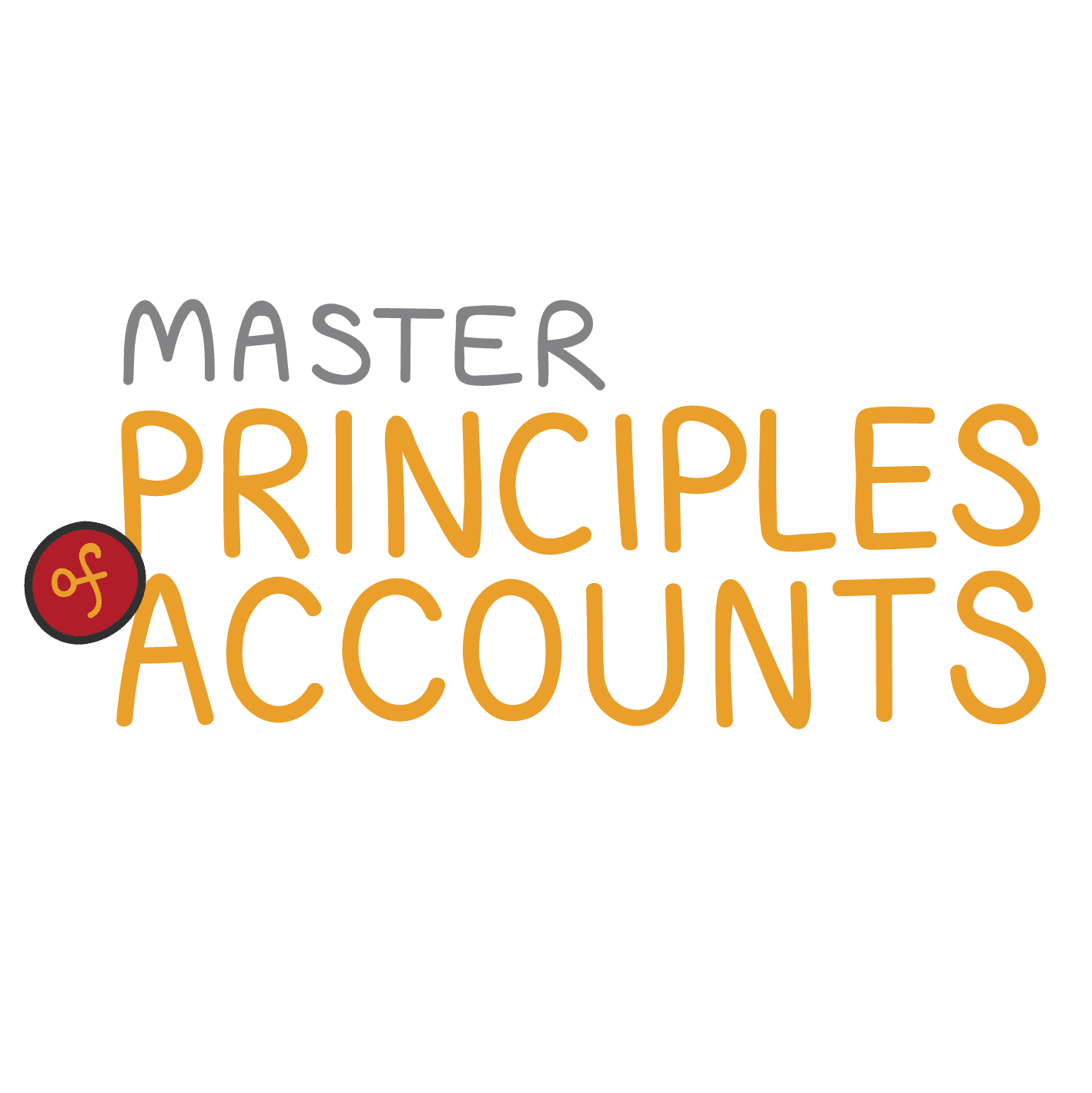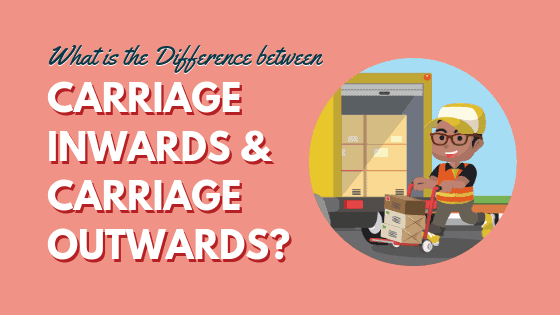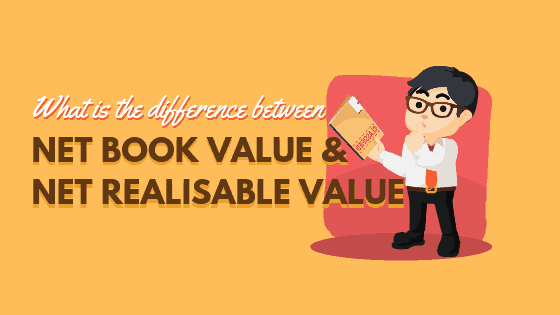A Complete Guide to Understanding Cost of Sales
This article uses the periodic inventory system to account for cost of sales
Photo by Adam Kring / Unsplash
If you wonder what makes sales different from the cost of sales or COS, then you are on the right page! In finance and accounting, sales are revenues produced by a business from rendering services or selling products. In contrast, COS represents the amount spent in actually rendering services or selling goods.
Importance of calculating and monitoring the cost of sales
It should be noted that if companies produce or manufacture their products for sale, COGS or the cost of goods sold is first determined. The direct selling cost is then added to this amount to arrive at the total COS or COGS. By computing this, you can calculate the gross margin.
Indeed, COS is vital for any business as its value should be more than enough to pay for all overheads to give a profit. In the process, all companies must monitor their COS as it helps managers and investors estimate the company’s bottom line.
Cost of purchases
Computing the cost of sales of trading companies generally starts with the cost of purchases. This figure takes into account purchase allowance, discount, and return. It follows this simple formula in line with the Matching Theory:
| Inventory | xxx | ||
| Add: Freight-in | xxx | ||
| Less: Trade discount | xxx | ||
| Purchase return | xxx | xxx | |
| xxx |
*Freight-in represents the cost of transporting goods purchased from the supplier.
How to calculate cost of sales
After the cost of purchases has been reckoned, the cost of sales would appear, as follows:
Inventory, beginning xxx
Add: Inventory purchased xxx
Total goods available for sale xxx
Less: Inventory, end xxx
Cost of Sales xxx
| Inventory, beginning | xxx | |
| Add: Inventory purchased | xxx | |
| Total goods available for sale | xxx | |
| Less: Inventory, end | xxx | |
| Cost of Sales | xxx |
First In, First Out
Simply known as FIFO, this is a system for putting value to the company’s ending inventory at the end of the accounting period. This method takes on that the first stocks are sold first. Hence, the costs of those products are employed in the reckoning.
Cost of sales example
Let us assume that Ira Company has the following figures:
| Purchases | 41,011 | |
| Freight-in | 1,211 | |
| Trade discount | 3,691 | |
| Inventory, beginning | 5,435 | |
| Inventory, end | 1,912 |
Based on these figures, the cost of sales of Ira Company is:
Inventory, beginning 5,435
Add: Purchases
Purchases 41,011
Freight-in 1,211
Trade discount (3,691) 38,531
Total goods available for sale 43,966
Less: Inventory, end 1,912
Cost of Sales 42,054
| Inventory, beginning | 5,435 | |||
| Add: Purchases | ||||
| Purchases | 41,011 | |||
| Freight-in | 1,211 | |||
| Trade discount | (3,691) | 38,531 | ||
| Total goods available for sale | 43,966 | |||
| Less: Inventory, end | 1,912 | |||
| Cost of Sales | 42,054 |
Using cost of sales to calculate gross margin/profit
If Ira Company had a sales revenue of 89,352 for the same period, then its gross profit is:
Sales revenue 89,352
Less: Cost of Sales 42,054
Gross Profit 47,298
| Sales revenue | 89,352 |
| Less: Cost of Sales | 42,054 |
| Gross Profit | 47,298 |
Average Inventory
Inventory management stays a vital factor for business success as it lets key people better manage costs and sales. As such, knowing your average inventory can help as an item for contrast when checking total sales bulk to track and prevent likely losses on stocks. In fact, the firm must know this first to be able to compute its inventory turnover. To do this, you must get the average of the inventory values at the beginning and end of a specific period. Thus, the formula is:
Inventory beginning + end
Average Inventory = ————————————————————
Two
Photo by Markus Winkler / Unsplash
Inventory turnover
This fraction shows the frequency a firm has sold, besides replaced, its stocks in a certain period. From this figure, the firm can later split the days within the period using a formula to calculate the number of days needed to sell its stocks on hand. Working this out helps firms make wise choices on selling schemes, setting a price, manufacturing, and purchasing items for sale or raw materials. The inventory turnover is calculated using this formula:
Sales
Inventory Turnover = Cost of sales/ average inventory
Average Inventory (see formula above)
Common misconceptions about Cost of Sales
COS or COGS is either an asset or a liability.
Since COS or COGS is not shown in the Statement of Financial Posidtion of a firm, it is NOT an asset nor a liability. It is a nominal account, an expense to be exact, and shown in the Statement of Financial Performance.
Net income before tax is derived after deducting purchases or cost of goods sold from sales.
As mentioned earlier, purchases are mostly employed by retailers, while makers of products use COGS instead. It should be noted that working out the COGS covers other groups, such as labor, raw materials, and added costs, which are directly linked to the making of products.
It may also include sale commissions. In fact, inventories on raw materials, work in process, and finished goods are also involved in working out the COGS, these calculations are excluded in the GCE O/N Level Principles of Accounts syllabus but important for students taking the H2 Accounting for A levels and for students to take note if you are studying manufacturing accounts.
In both cases, only direct costs are taken up in these accounts. So, when taken away from the sales, it only results in the firm’s GROSS PROFIT. To arrive at the Net Income before Tax, running or admin and other expenses must be deducted from the gross profit.
The value of the COS or COGS is a perfect figure devoid of likely errors.
The COS or COGS figure can be altered by bosses or accountants in specific ways, such as by:
- Changing the value of the ending inventory of a period
- Charging to the cost of stocks more production overhead costs than indeed incurred
- Not writing off old stocks on hand
- Overvaluing available inventory
- Showing false rebates from suppliers
- Taking up in the books of account more returns to dealers
Bottom line
In reality, it is vital to understand cost of sales or cost of goods sold because it is employed to calculate income subject to tax. It is a sign of operational efficiency and sheds insight on the profitability of a business. On top of that, it is helpful in the making of strategic business choices.






